The end of the Second World War brought a strange silence. The codebreakers of Bletchley Park, the secret heroes of the information war, were sworn to secrecy, their revolutionary machines dismantled and hidden from history. They had proven the power of high-speed computation, but their victory was a whisper. The world still didn't know what was possible. For the dream of the universal machine to truly take hold, it had to be born again, not in secret, but in public, in a flash of light so bright no one could ignore it.
The stage for this second birth was not a quiet English estate, but the Moore School of Electrical Engineering at the University of Pennsylvania. And the problem that sparked it was one that would have made Charles Babbage nod in grim recognition. The U.S. Army was facing a bottleneck of calculation that was costing lives. Every new artillery piece needed a unique firing table, a book of charts detailing the trajectory of its shell under thousands of different conditions—wind speed, air density, temperature. Calculating just one of these tables was a monumental task, requiring months of work by human "computers" (mostly women) using desktop calculating machines.¹ It was Babbage’s original nightmare all over again: the engine of war was being slowed by the frustrating pace and fallibility of human arithmetic.
Two men at the Moore School saw a radical solution. John Mauchly, a physicist with a visionary streak, and J. Presper Eckert, a brilliant young graduate student with a genius for electronics, proposed a machine that would replace the clunky mechanical gears of a calculator with the silent, lightning-fast flow of electrons. Their idea was to build a computer using vacuum tubes, the glass bulbs that powered the radios and electronics of the day, as high-speed switches. The Army, desperate for a solution, gave them the green light.
The result was the Electronic Numerical Integrator and Computer, or ENIAC. And it was a monster.
Unveiled to the world in 1946, ENIAC was the physical manifestation of the industrial age's wildest computational dreams. It weighed 30 tons and filled a room 50 feet long. It was a sprawling forest of 40 black steel panels, containing nearly 18,000 vacuum tubes, 70,000 resistors, 10,000 capacitors, and a bewildering web of cables. When it was turned on, it drew so much power that it was rumored to dim the lights of Philadelphia.²
But its true power was its speed. A calculation that took a human computer 20 hours could be solved by ENIAC in 30 seconds. It was a thousand times faster than any machine that came before it. In the few seconds it took a shell to fly to its target, ENIAC could have calculated its trajectory from scratch. This was a leap in computational power as significant as the leap from the horse to the jet engine.
Yet for all its power, ENIAC was, in a way, a brilliant dead end. It was a general-purpose machine, yes, but it wasn't programmable in the way Ada Lovelace or Alan Turing had imagined. To change its task, you couldn't just feed it a new set of punch cards. A team of engineers had to physically reconfigure the machine by unplugging and replugging hundreds of cables on a massive patch panel, like an old-fashioned telephone switchboard. Programming ENIAC was a grueling, physical task that could take days. It had a powerful body, but its mind was inflexible.
Even as the world marveled at their creation, Eckert, Mauchly, and the brilliant mathematician John von Neumann, who had joined the team as a consultant, knew they were already looking at a dinosaur. They understood the machine's fatal flaw. The true revolution wouldn't be just making the calculations electronic; it would be storing the instructions for those calculations in the machine’s memory, right alongside the data it was working on. This "stored-program concept" was the final, crucial key to unlocking the universal machine.³ A computer that could hold its program in its own memory could change its function as fast as it could read the next instruction. It would be truly dynamic, truly universal.
The blueprint for the future was drawn. But the hardware that powered ENIAC—those thousands of hot, fragile, and unreliable vacuum tubes—was holding it back. The vision of software was ready, but it was trapped in a body of glass and wire that was too big, too hot, and too fragile. Before the computer could truly take over the world, it first had to shrink. A revolution was needed, not on the scale of a room, but on a scale so small it would fit on the tip of your finger.
Citations:
¹ Goldstine, Herman H. The Computer from Pascal to von Neumann. Princeton University Press, 1972. A firsthand account from one of the key figures in the ENIAC project. Available at major booksellers and university libraries.
² Burks, Arthur W. "ENIAC." An in-depth technical paper on the design and function of the machine by one of its principal designers. Published in A History of Computing in the Twentieth Century, 1980. The collection is a standard academic text, often available in university libraries.
³ von Neumann, John. "First Draft of a Report on the EDVAC." 1945. This unpublished but hugely influential document laid out the logical architecture for the stored-program computer that would define the next generation of machines. A digitized version of this foundational text is available to read online.
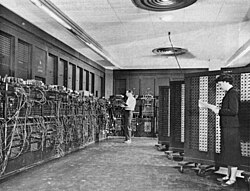
.png)




.jpg)
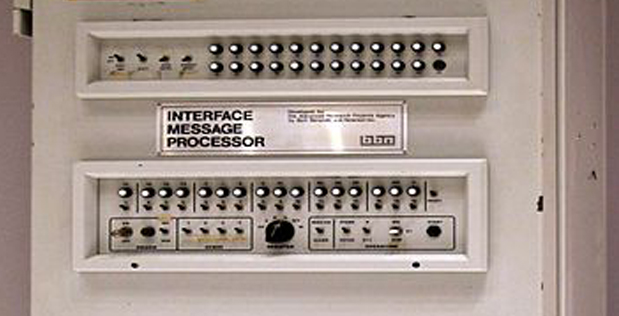
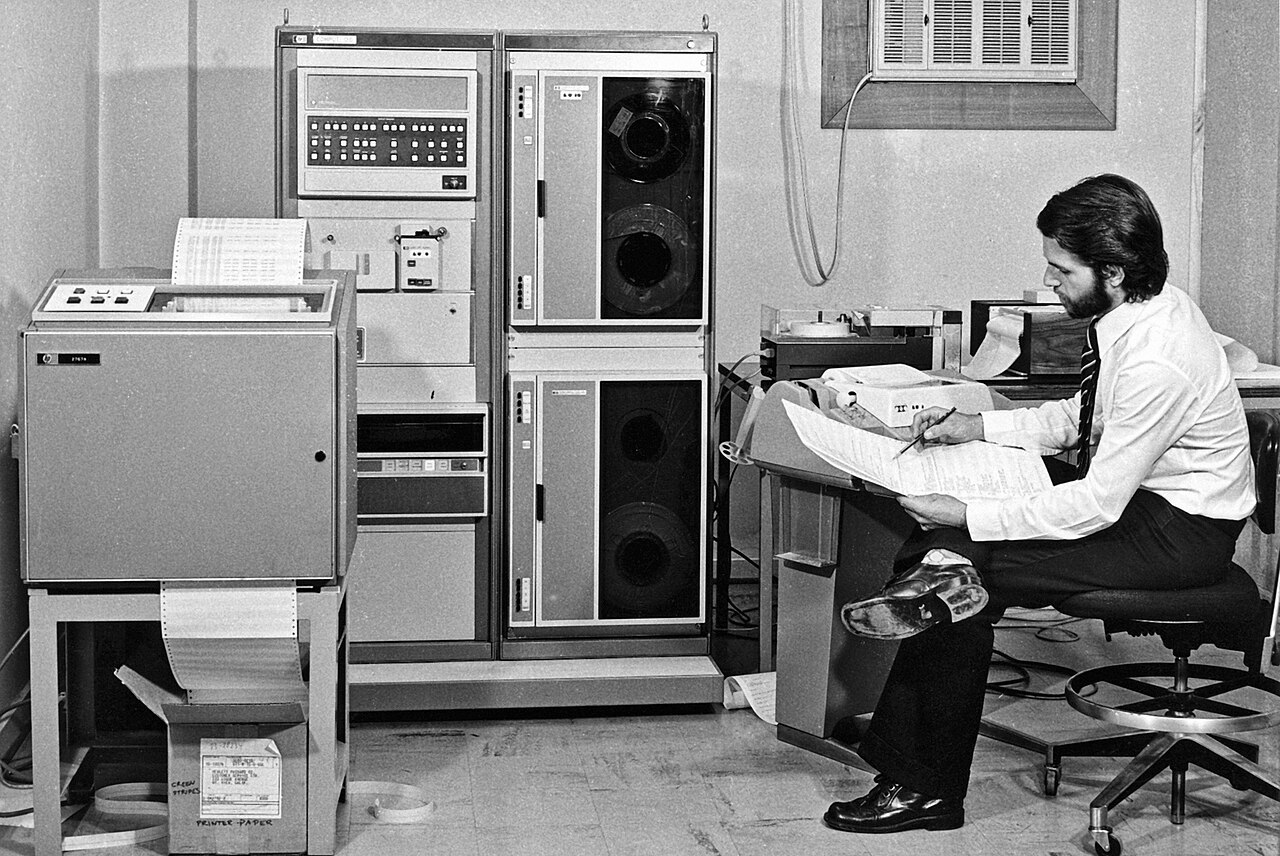

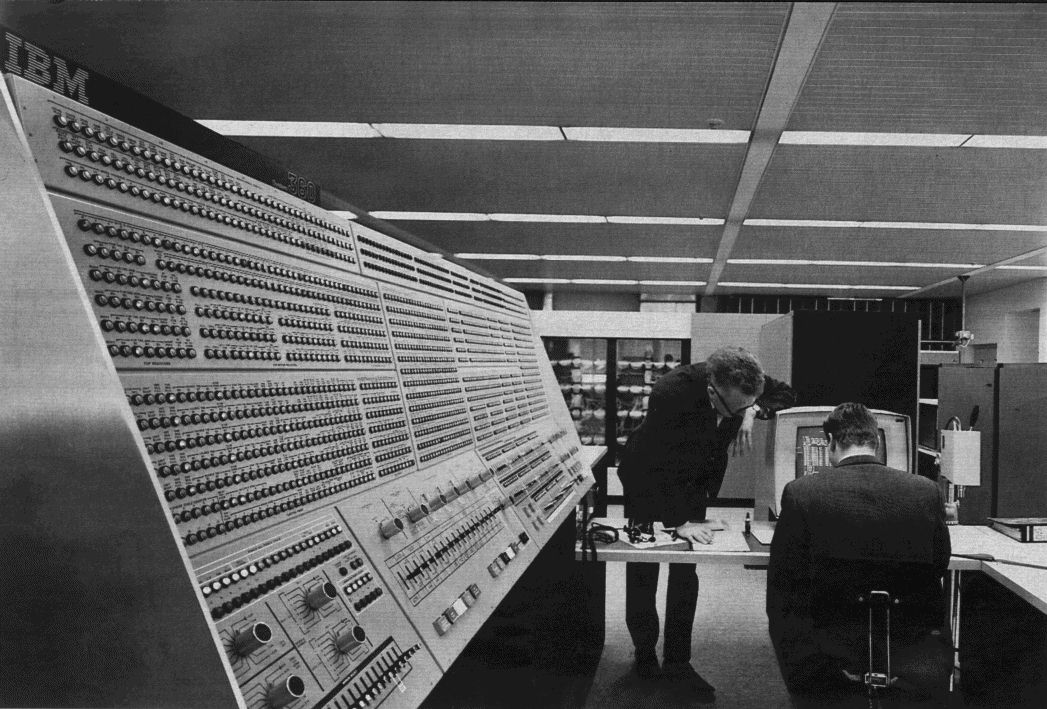


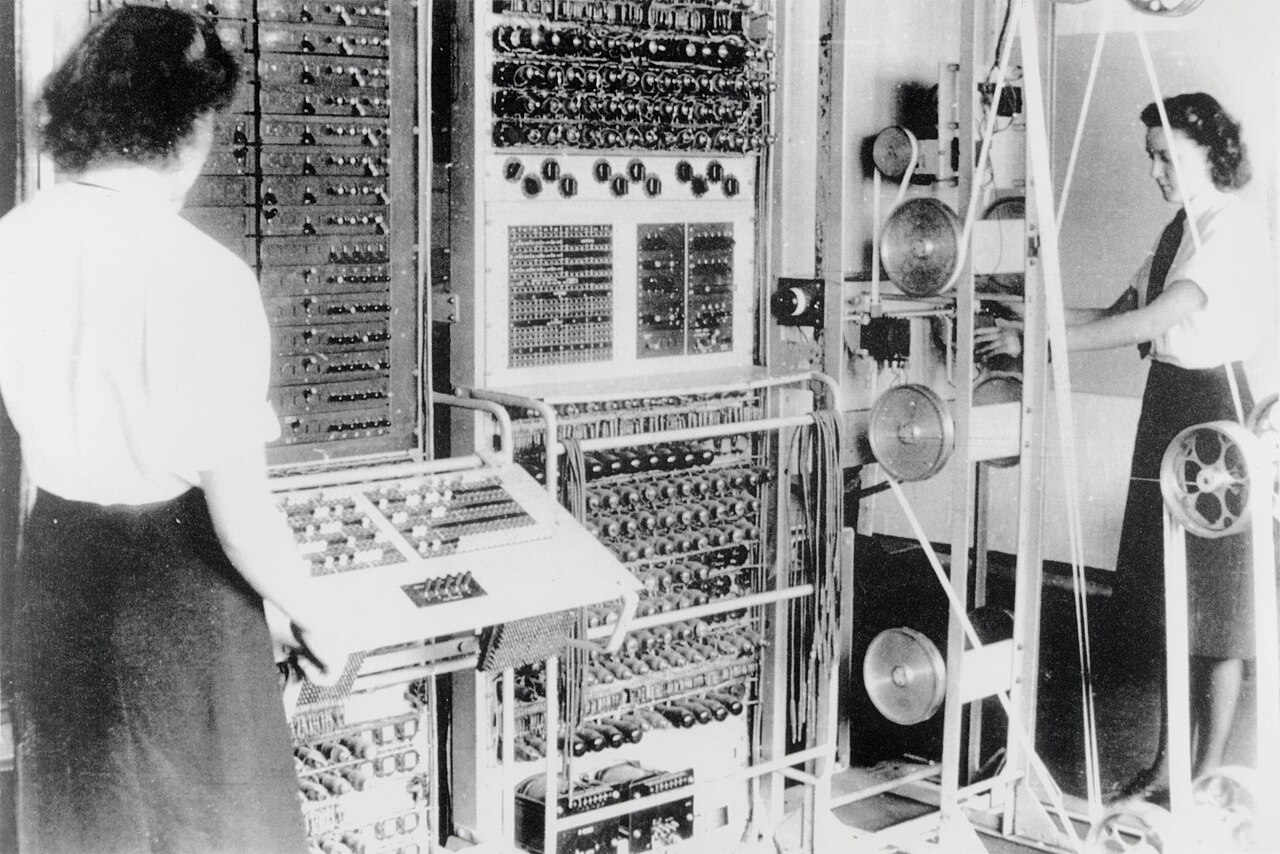

_School_-_Charles_Babbage_(1792%E2%80%931871)_-_814168_-_National_Trust.jpg)


